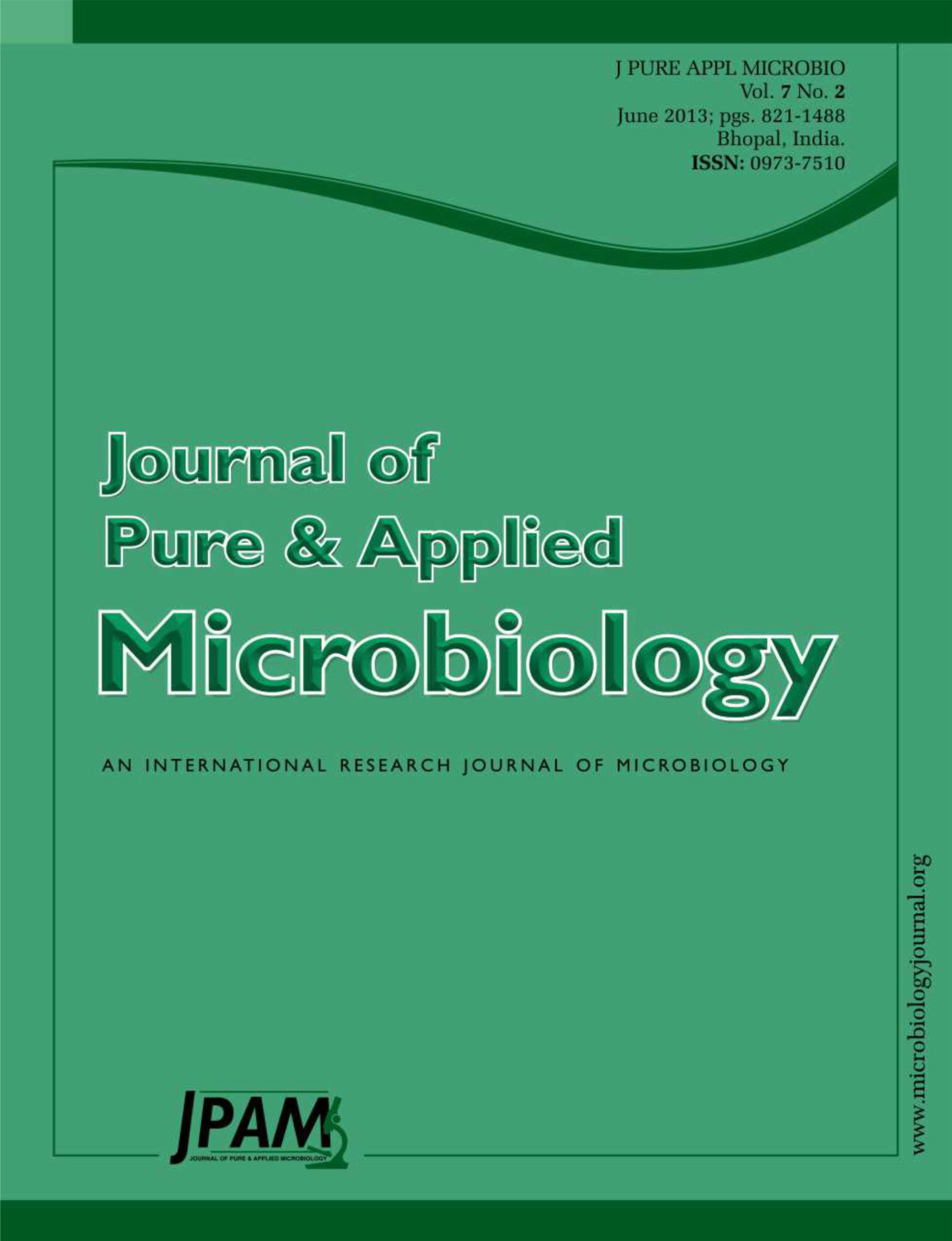The acid and heat tolerance of Listeria monocytogenes mixed strains were examined after induced to be an acid-stressed cells by culturing in tryptic soy broth supplement with yeast extract pH 5.5 for 1 h. The acid-stressed cells showed better tolerance to acid than that non acid-stressed cells (p<0.05) when tested in medium acidified to pH 3.5. For heat tolerance in broth model, both acid- and non acid-stressed cells were centrifuged, suspended in medium at pH 7.2, and heated in shaking water bath at 55-63°C for 0-180 min. D-value of acid- and non acid-stressed cells at 55, 57, 59, 61 and 63°C were 45.25, 17.83, 7.47, 3.80 and 2.40 min and 34.36, 11.96, 7.37, 3.74 and 2.42 min, respectively. In addition, Z-value of acid- and non acid-stressed cells were different at 6.21 and 7.08°C, respectively. From these results, acid-stressed cells showed cross protection effect higher than that non acid-stressed cells. However, heat tolerance of acid-stressed cells inoculated on Pacific white shrimp flesh using sous vide technique (packed in vacuum pouch, and heated at 60, 62.5 and 65°C for 10 min) did not show a significant difference when compared with non acid-stressed cells (p>0.05). While blanching inoculated shrimp flesh at 70°C for 2 min, non acid-stressed cells survived more than acid-stressed cells. The results revealed that acid-stressed cells showed acid and heat tolerance better than non acid-stressed cells especially in medium, not in shrimp.
Acid-stressed cells, Listeria monocytogenes, shrimp, acid tolerance, heat tolerance
© The Author(s) 2014. Open Access. This article is distributed under the terms of the Creative Commons Attribution 4.0 International License which permits unrestricted use, sharing, distribution, and reproduction in any medium, provided you give appropriate credit to the original author(s) and the source, provide a link to the Creative Commons license, and indicate if changes were made.


